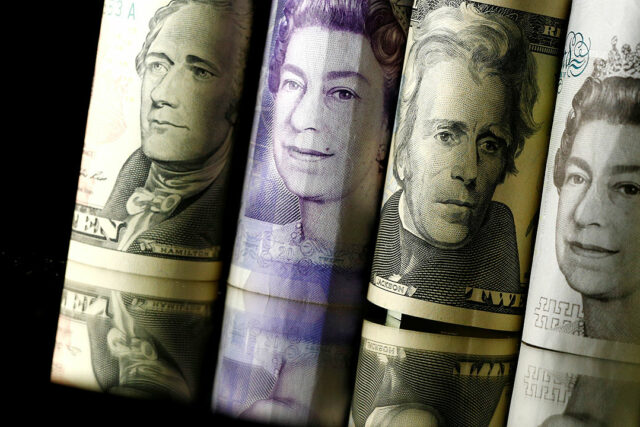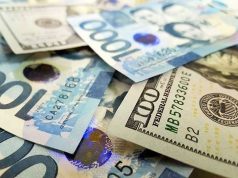Forex reserves slip to $99.3B at end-Feb.

THE PHILIPPINES’ dollar reserves fell to $99.3 billion at end-February, as the government settled foreign currency debt obligations, the central bank said late on Tuesday.
Citing preliminary data, the Bangko Sentral ng Pilipinas (BSP) said gross international reserves (GIR) slipped by 1.4% as of end-February from the $100.67 billion at end-January.
Year on year, dollar reserves declined by 7.9% from $107.8 billion as of end-February 2022.
“The month-on-month decrease in the GIR level reflected mainly the National Government’s (NG) net foreign currency withdrawals from its deposits with the BSP to settle its foreign currency debt obligations and pay for its various expenditures,” the BSP said in a statement.
Foreign currency deposits dropped by 74.8% to $532.8 million from $2.12 billion a month earlier and by 11.8% from the $604.2-million level a year ago.
The central bank also attributed the lower GIR to the “downward adjustments in the value of the BSP’s gold holdings due to the decrease in the price of gold in the international market.”
BSP data showed the value of gold reserves dropped by 4.8% to $9.33 billion as of end-February from $9.8 billion as of end-January. It was also 2.7% lower from the $9.59-billion level a year earlier.
The end-February GIR level was enough to cover 7.5 months’ worth of the country’s imports of goods and payments of services and primary income.
It was also equivalent to about 6.1 times the country’s short-term external debt based on original maturity and 4.1 times based on residual maturity.
Ample foreign exchange buffers protect the country from market volatility and ensure the country is capable of paying its debts in the event of an economic downturn.
Security Bank Corp. Chief Economist Robert Dan J. Roces said dollar reserves slightly fell due to higher foreign debt payments for the month.
“However, foreign debt obligations this year are much smaller compared with last year, and the peso seems to be confined to a range which allows for some buildup of the reserves,” he said in a Viber message.
In a note, Rizal Commercial Banking Corp. Chief Economist Michael L. Ricafort said possible foreign exchange intervention activities through buying or selling of US dollars may have affected the latest GIR level.
The BSP intervenes in the foreign exchange market to smoothen volatility.
While the peso rebounded to the P54-a-dollar mark in January, it depreciated by 1.25% or P0.69 in February, closing the month at P55.33 against the dollar on Feb. 28 from its P54.64 close on Jan. 31.
Mr. Ricafort noted the decline in foreign exchange holdings and gold reserves were offset by the continued month-on-month increase in foreign investments amid net gains in global financial markets since January.
Gains from the BSP’s investments abroad edged 0.8% higher to $84.86 billion from $84.15 billion a month earlier, but it was lower by 8.6% than $92.89 billion a year ago.
According to the BSP, net international reserves declined by $1.3 billion or 1.3% to $99.3 billion as of end-February from $100.6 billion a month prior.
Net international reserves are the difference between the BSP’s reserve assets (GIR) and reserve liabilities such as short-term foreign debt, and credit and loans from the International Monetary Fund (IMF).
The country’s reserve position in the IMF also slipped by 1.4% to $785.8 million from $797.3 million a month earlier and 1.6% from the $798.9 million as of end-February 2022.
Special drawing rights — or the amount the country can tap from the IMF — inched up by 0.3% to $3.81 billion as of end-February from $3.8 billion as of end-January. But it fell by 3.1% from the $3.93 billion a year earlier.
The fast recovery in foreign tourism revenues amid China’s reopening, alongside the continued growth in structural inflows from remittances and exports, could help support the country’s dollar reserves in the coming months, Mr. Ricafort said.
For his part, Mr. Roces said the GIR may end the year higher than the $100-billion level.
The BSP projects the GIR level at $93 billion by end-2023. — Keisha B. Ta-asan



